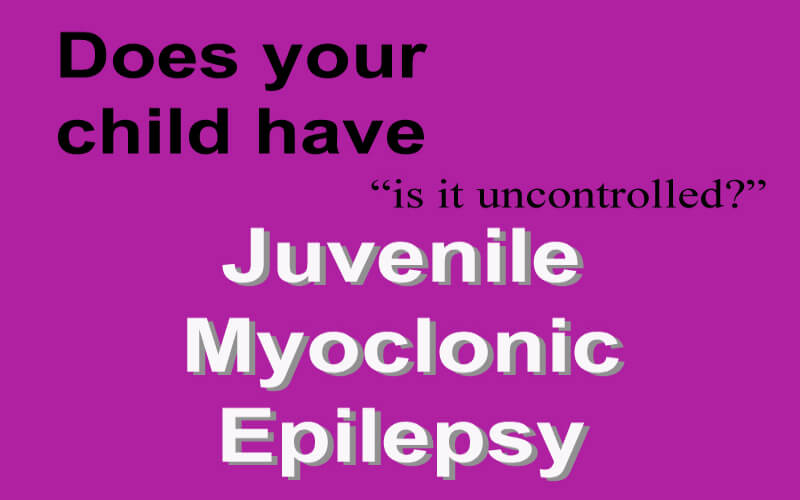Lafora is a glycogen storage disease
We are often contacted by patients reaching out globally for support with a rare disease. It is not often we hear of something so urgent as Angelina’s story.
Lafora is a glycogen storage disease, however it is characterised by epileptic seizures that start in late childhood and, very sadly, become fatal within ten years.

Angelina
We currently have no Lafora patients in our membership and this might be because families gravitate to neurology clinics and not our usual contacts in Inherited Metabolic Disease clinics. Stats indicate there should be around 5 families in the UK. Maria contacted AGSD-UK on behalf of her cousin Niki in Australia. We are trying hard to connect Niki to any potentially useful UK contacts.
Niki wrote this message:
“My daughter Angelina had her first seizure in September 2018. After one year she was finally diagnosed with Lafora disease. Every day is like a ticking time-bomb. It has been a very hard road. I am reaching out to anyone who might know of families affected by this distressing disease.
Ionis Pharmaceuticals hope to commence the first clinical trials with a treatment for patients. They are preparing all their paperwork so that the clinical trial will be approved by the FDA and they have only been able to find 8 families. They need another 4 families to help with fitting the application criteria. If they submit the application without this it may be denied and that sets back the clinical trial process for months.
The Lafora disease patients do not have the luxury of time, any delays means that they may not make it for the new treatment.
There is a registry of about 43 patients that is looked after in Madrid but there are not enough English-speaking families.
I have been searching in Australia to find other patients by contacting the epilepsy foundations and the medical team have also tried a few places but so far they have found no-one.
A lot of patients initially get diagnosed with Juvenile Myoclonic Epilepsy but after showing that medication is not working they do further testing and one of those is genetic testing that they find out it is the cause of a gene mutation of Lafora disease.
These websites carry more information.
![]() Childhood Dementia Initiative – Angelina’s story is featured.
Childhood Dementia Initiative – Angelina’s story is featured.


I got the impression that Lafora is more prevalent in mediterranean areas. AGSD-UK did have contact from an Italian family, but I no longer have access to their contact details…